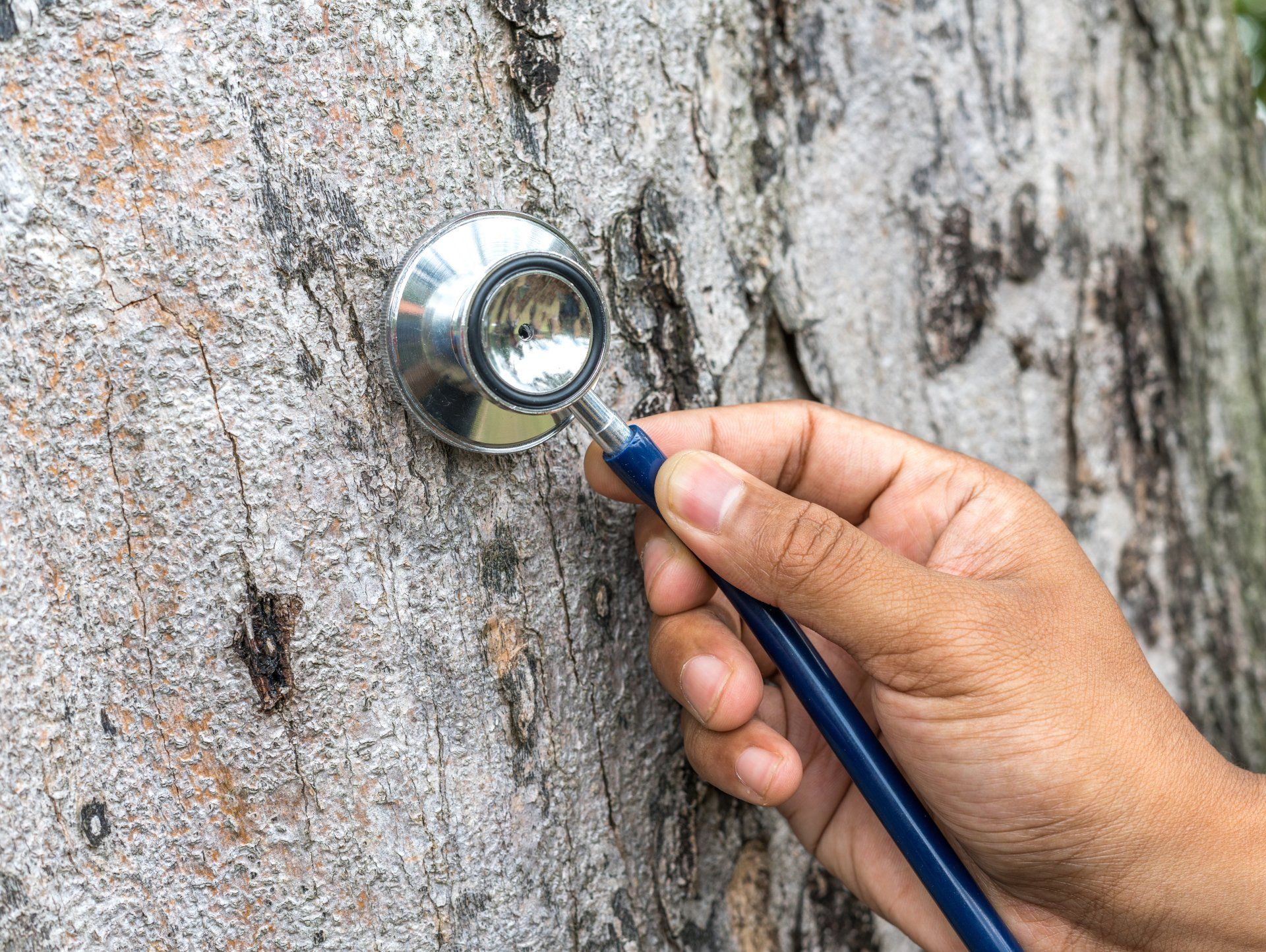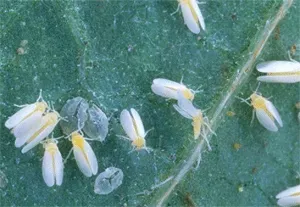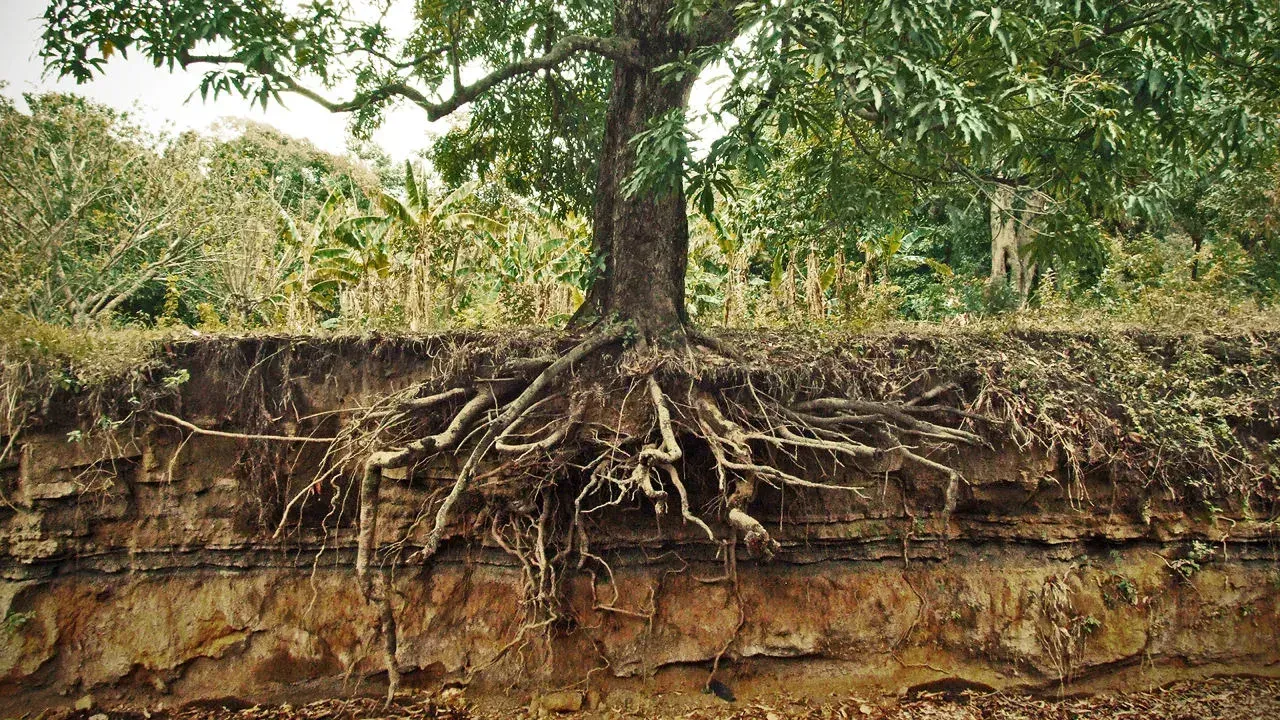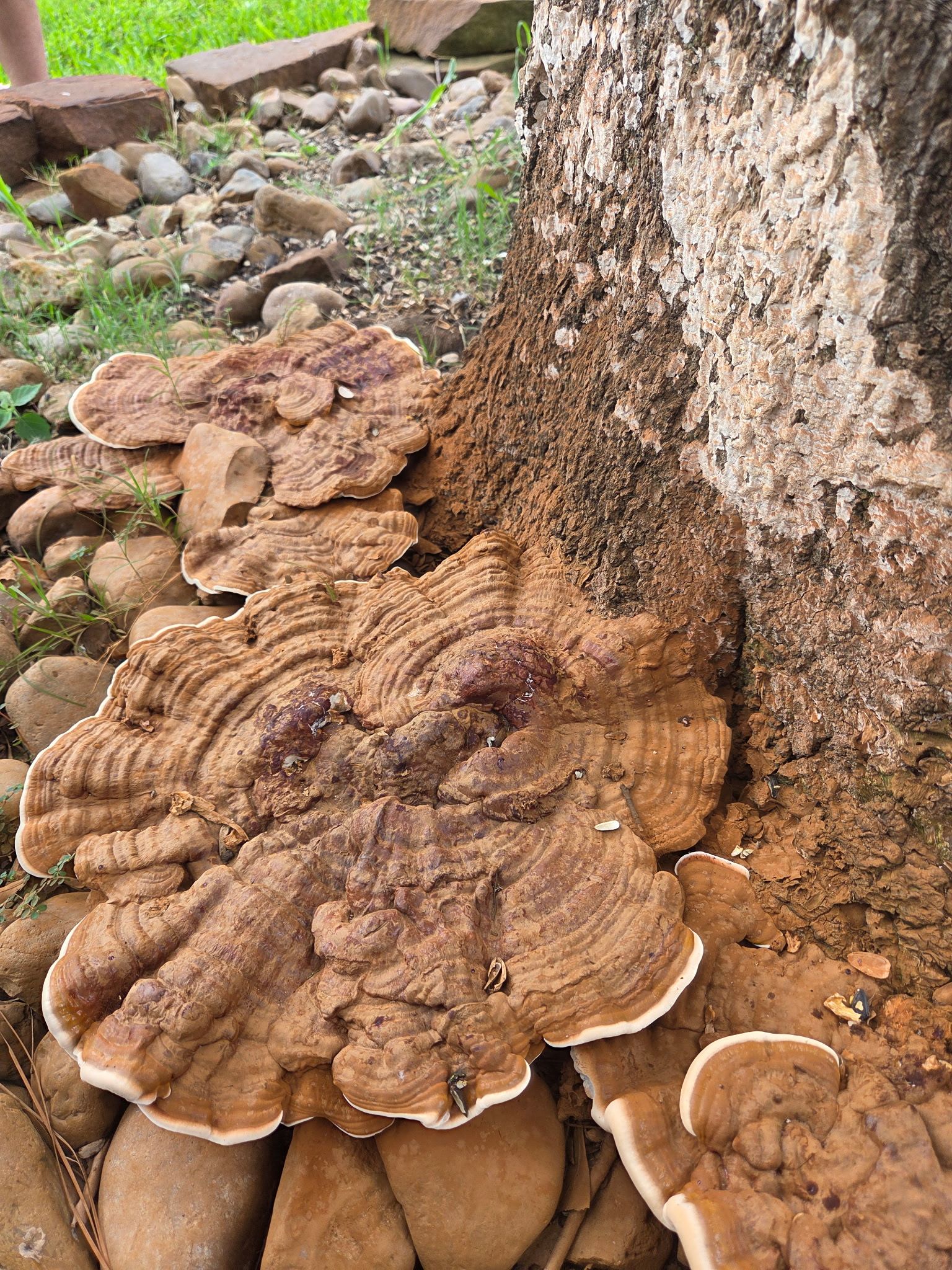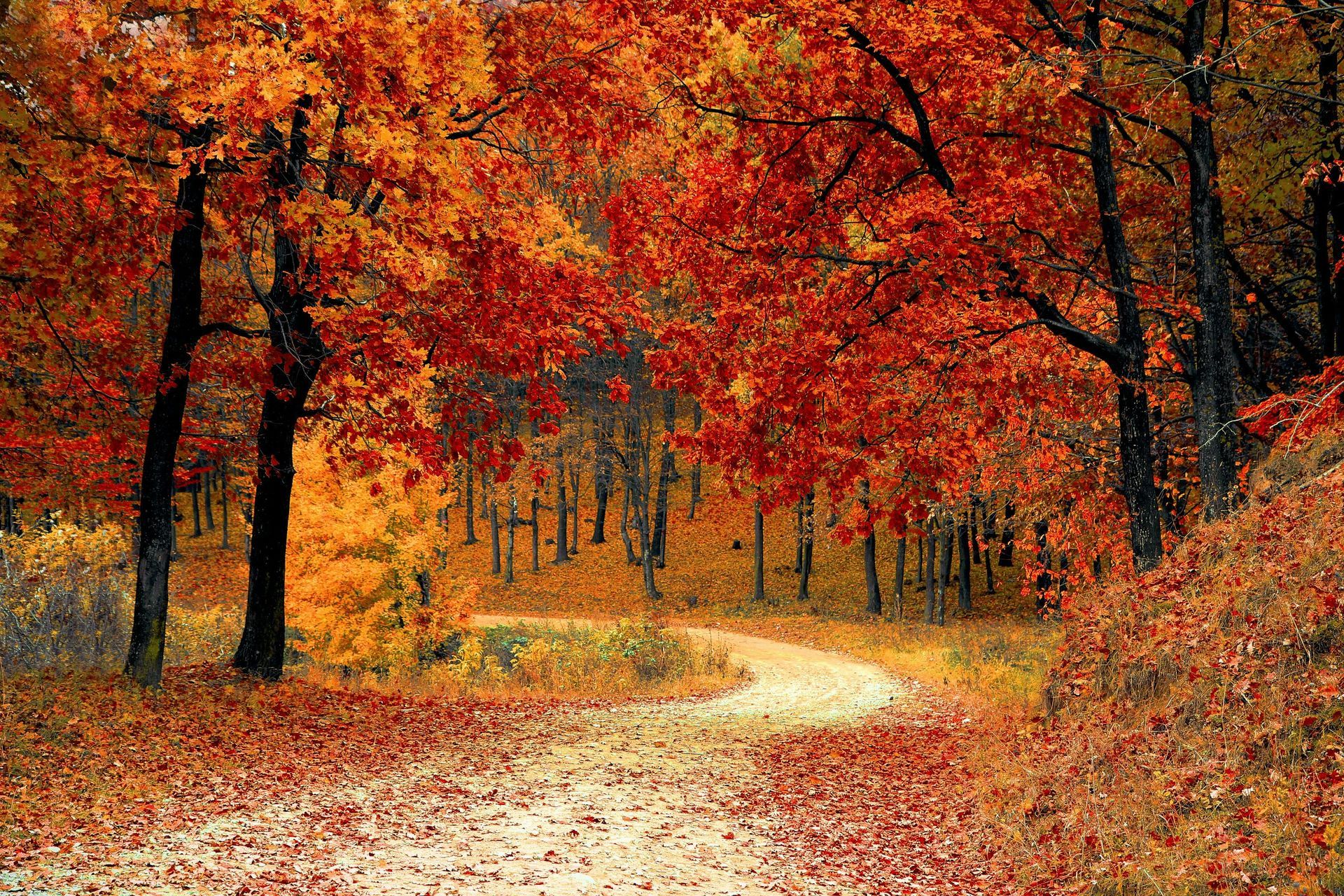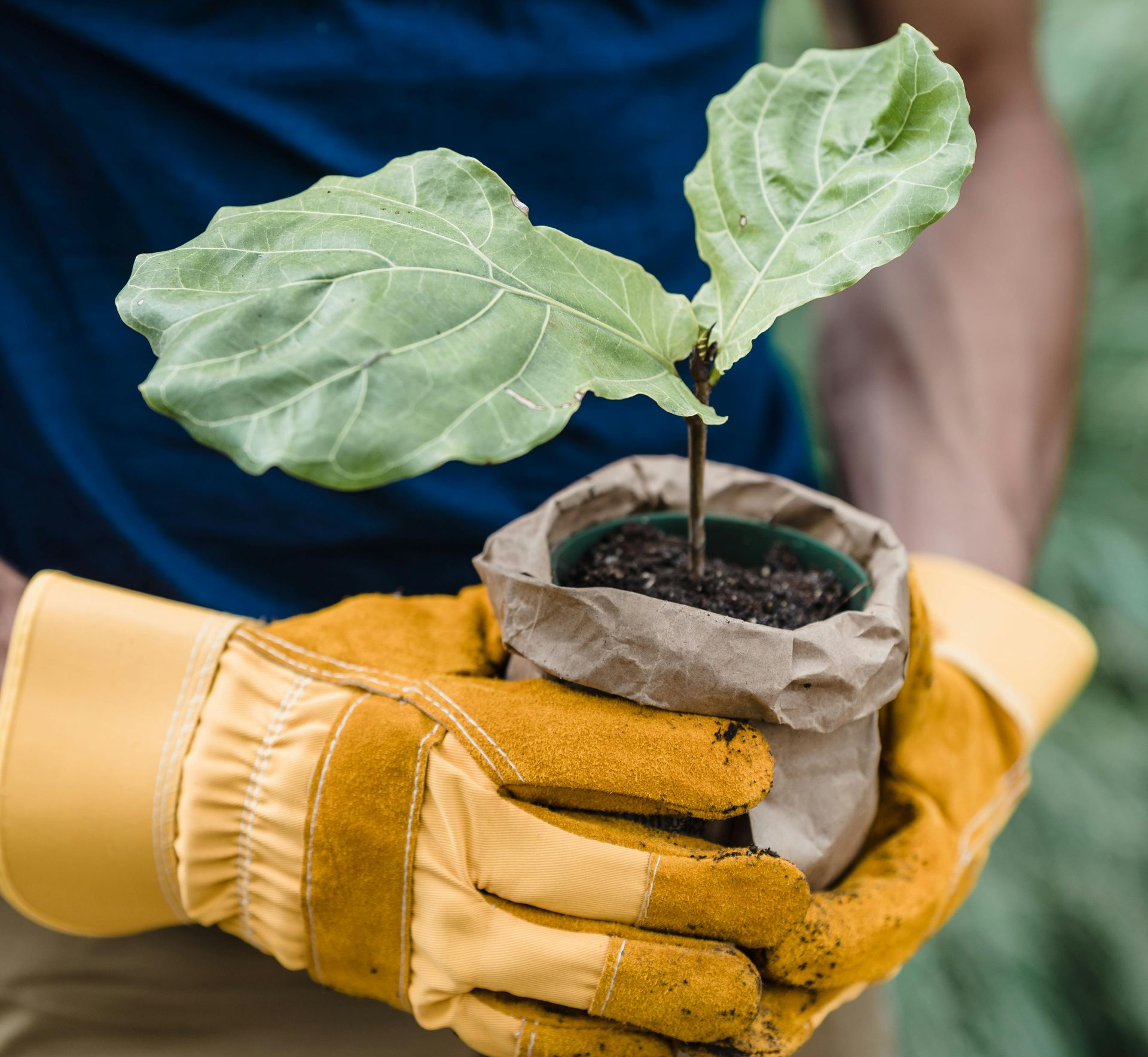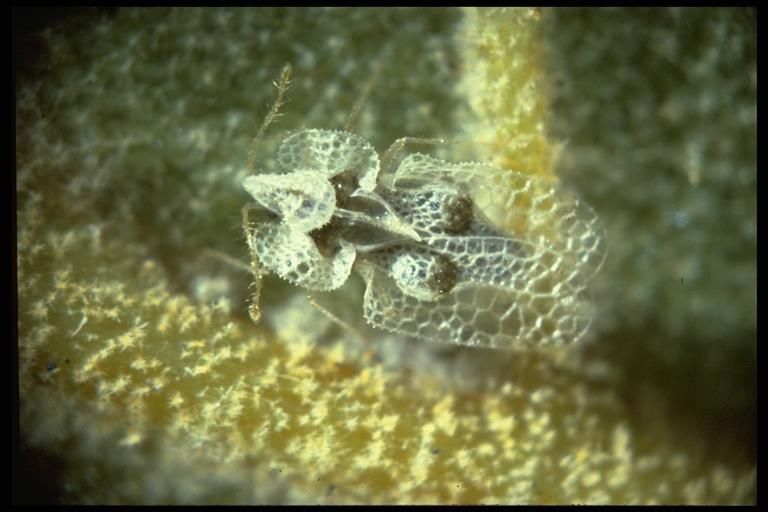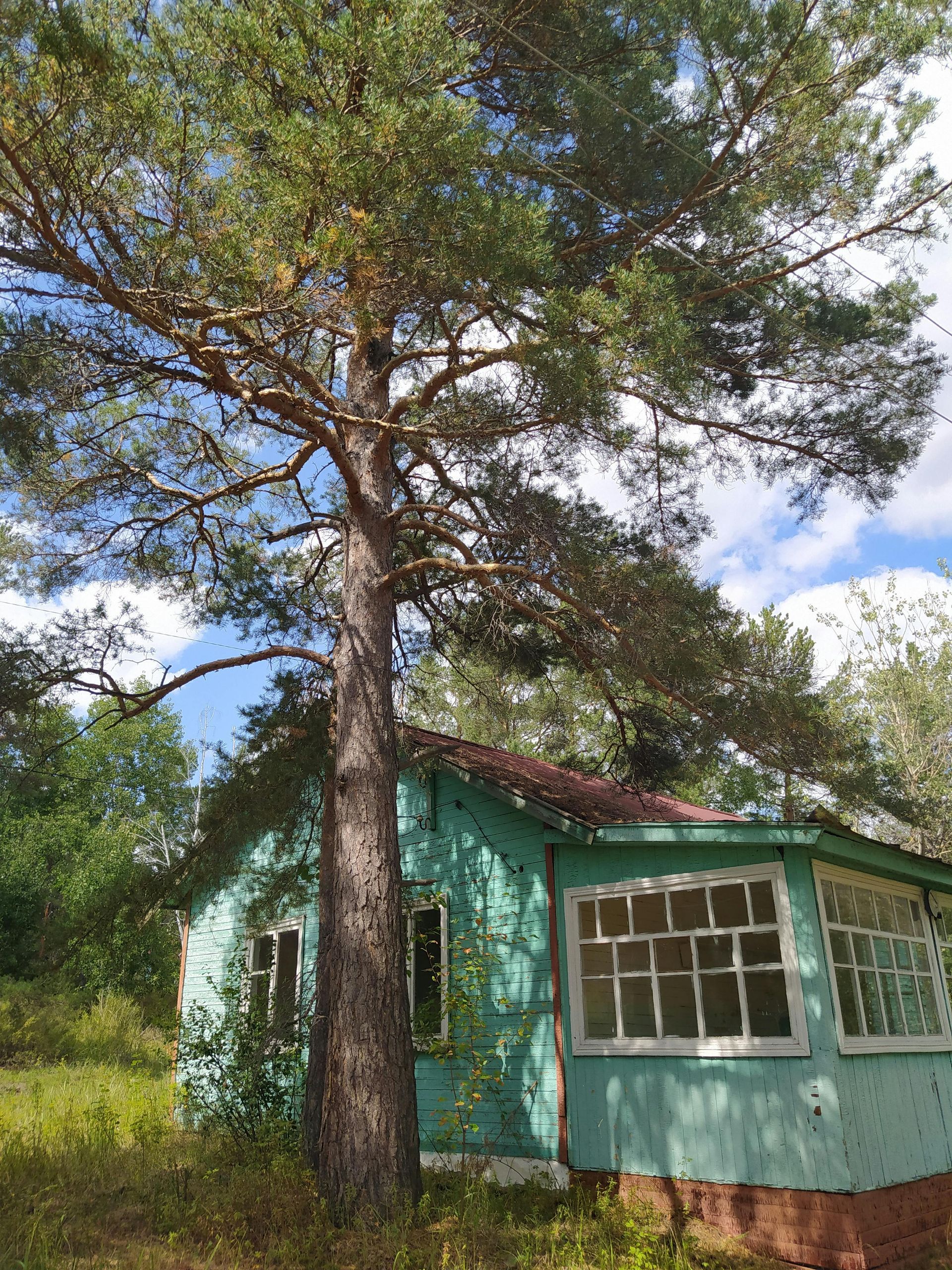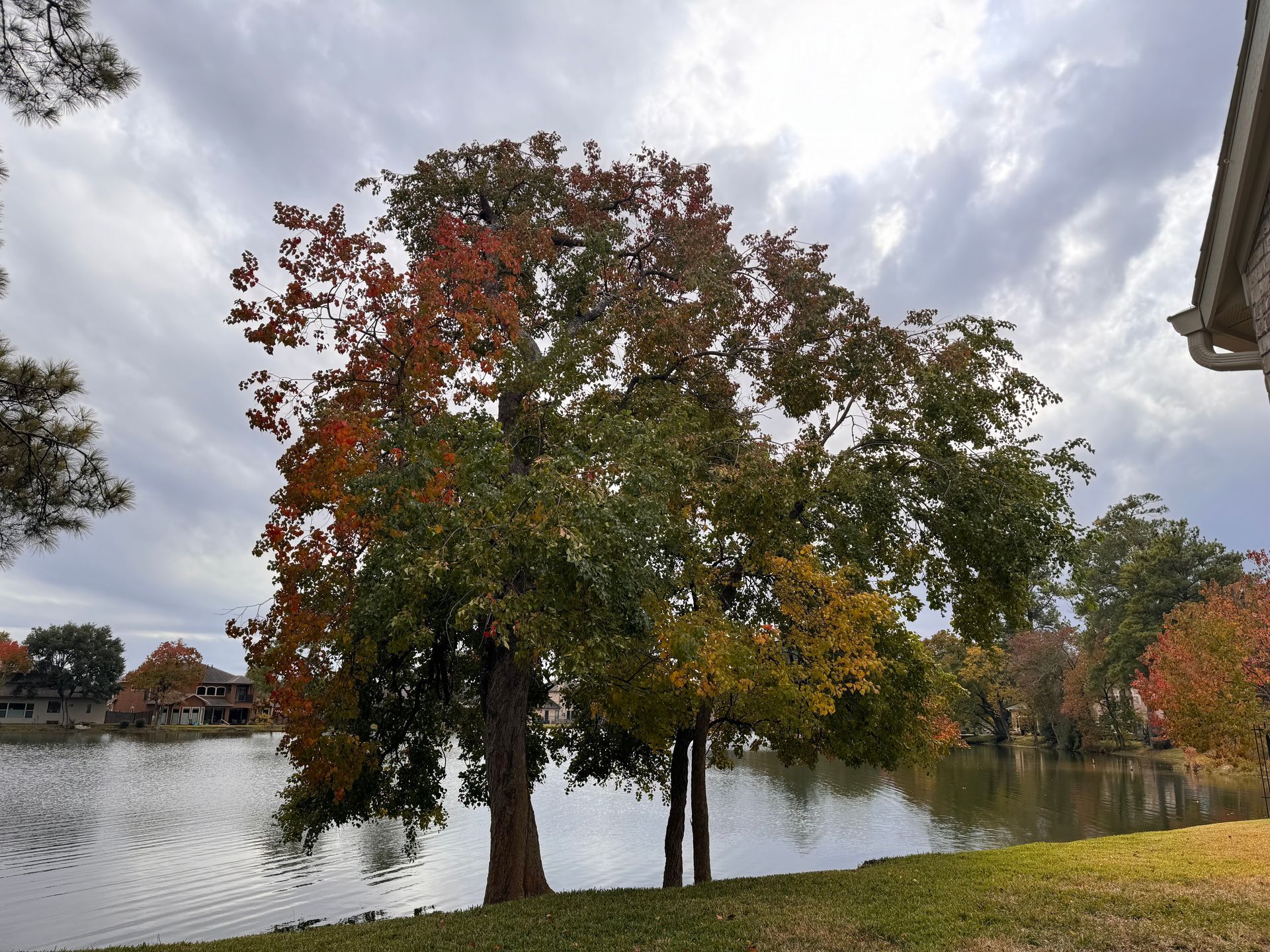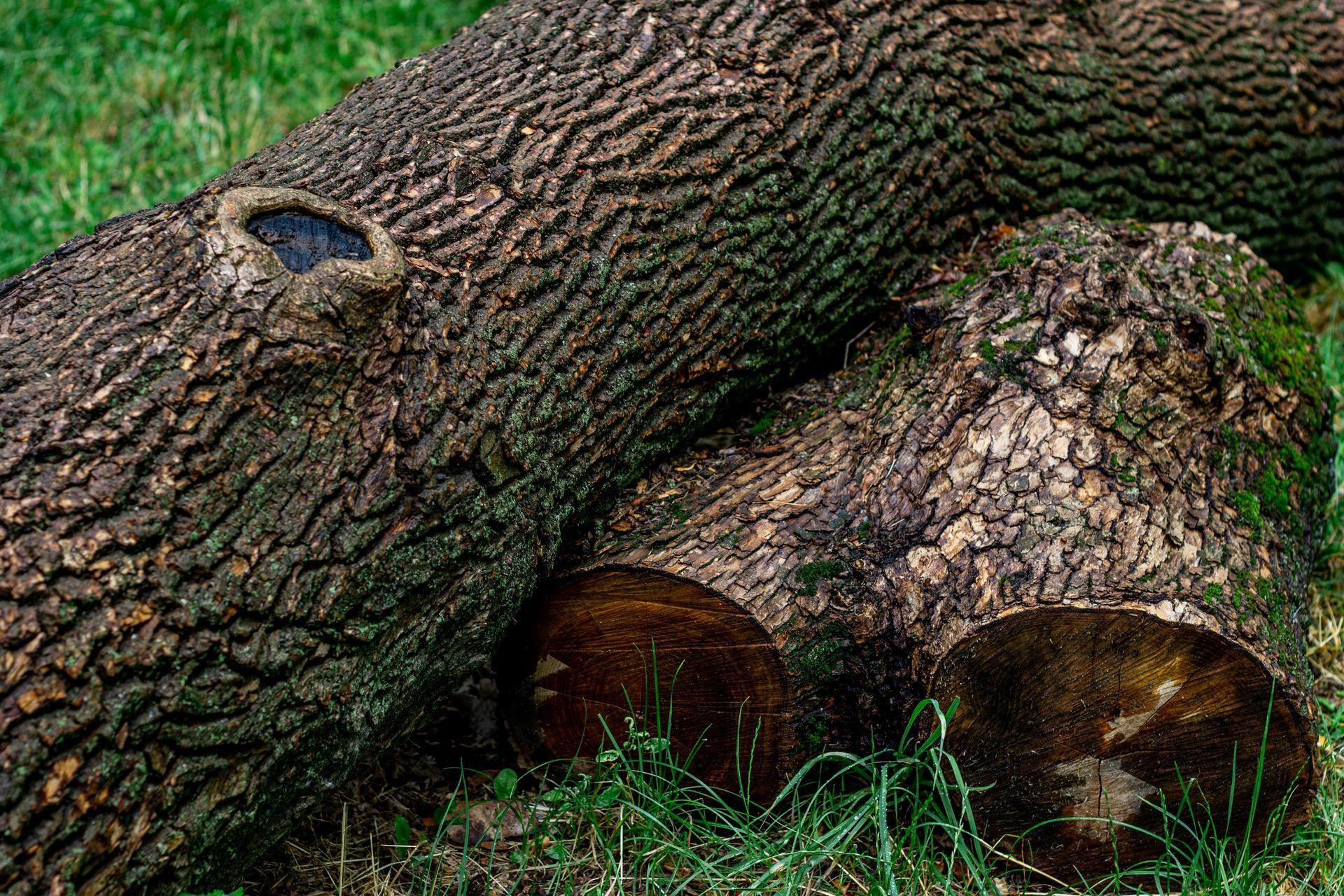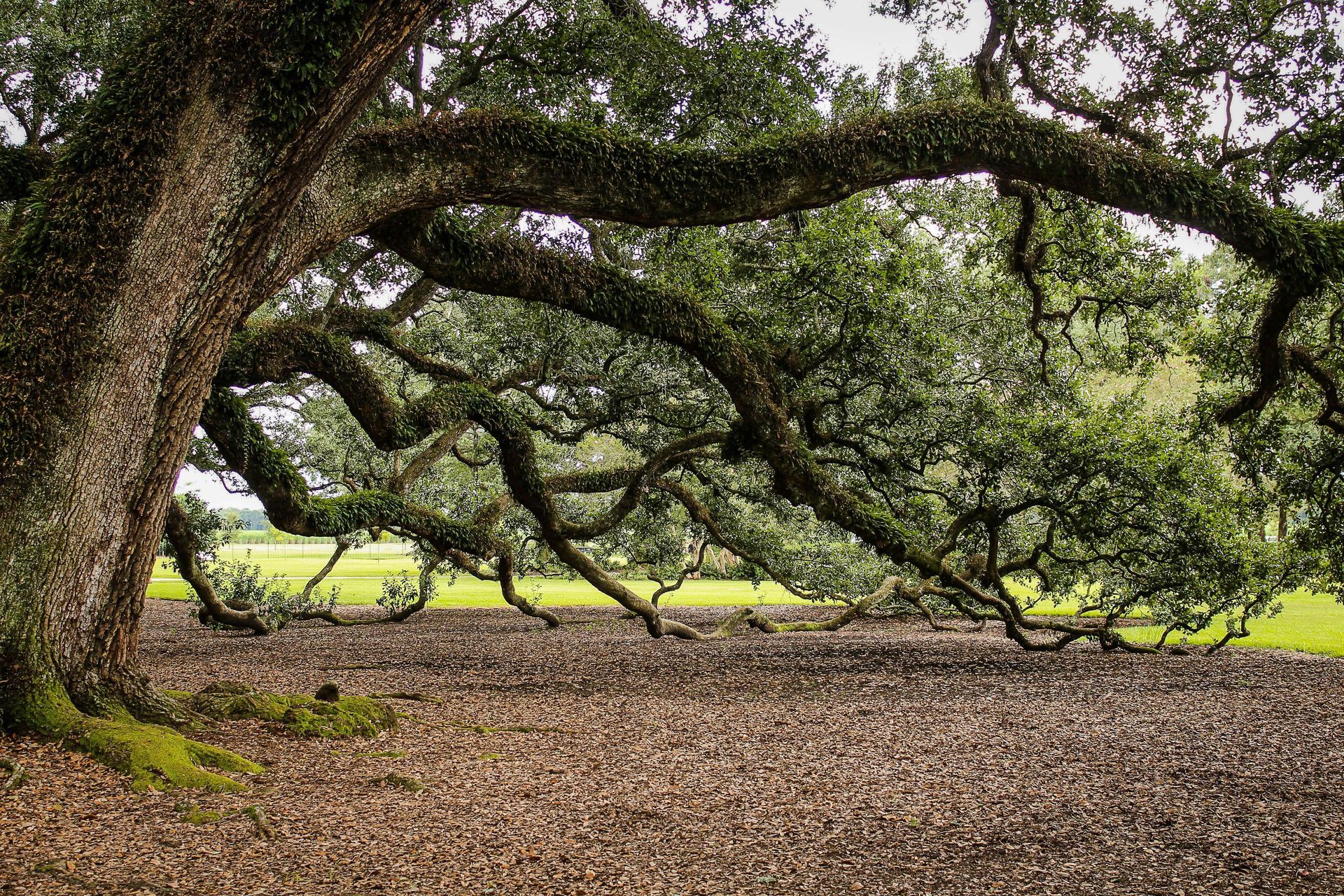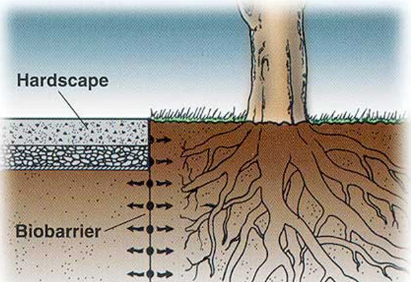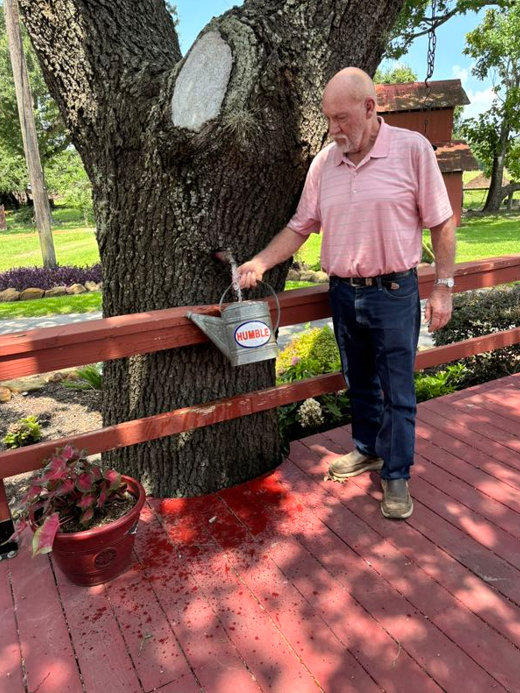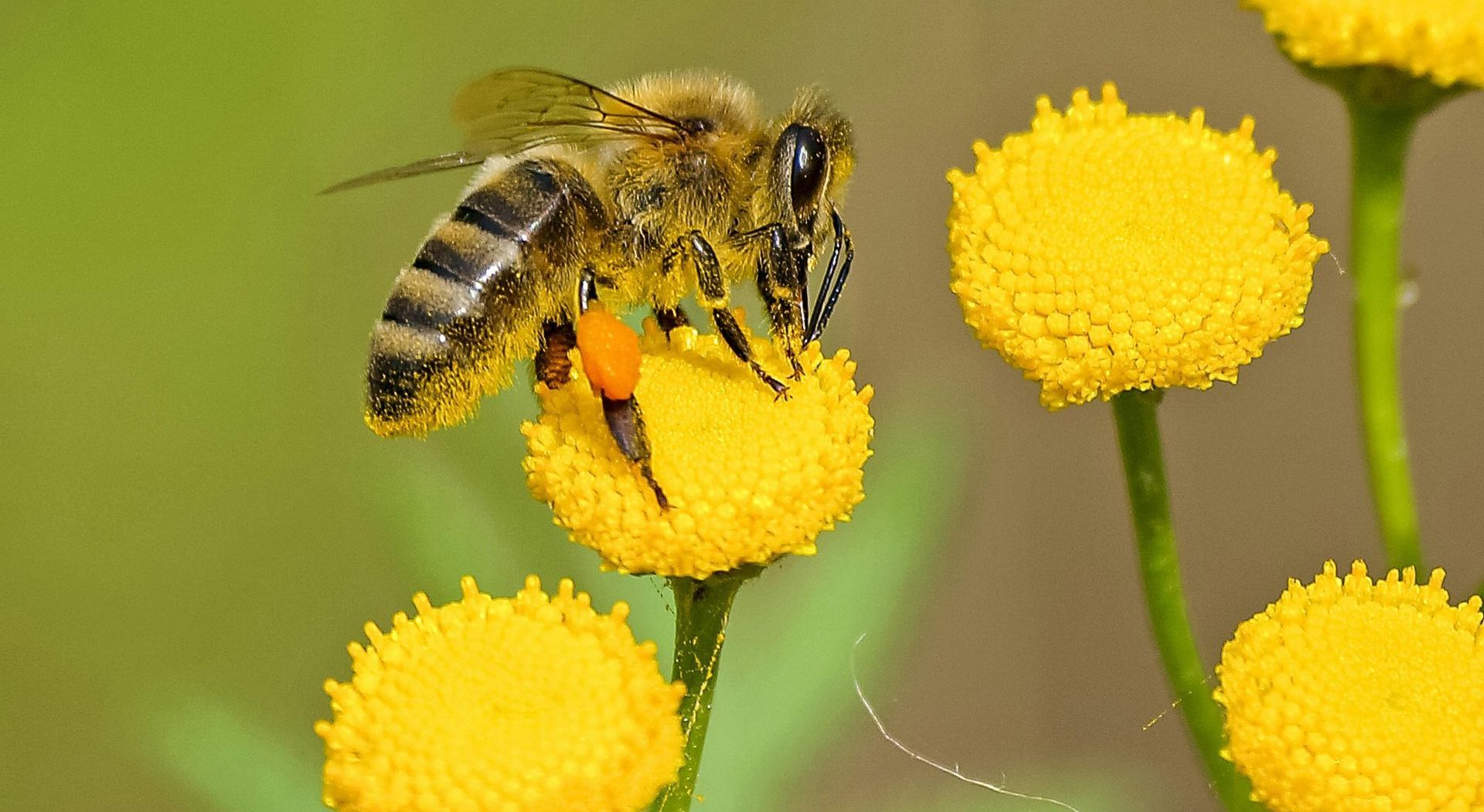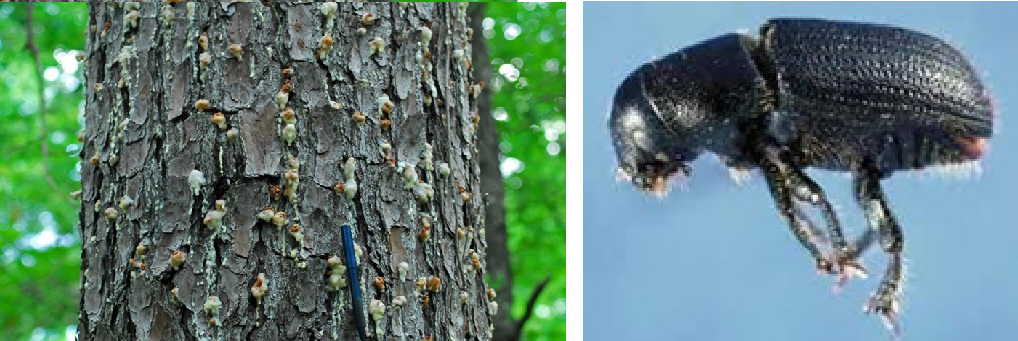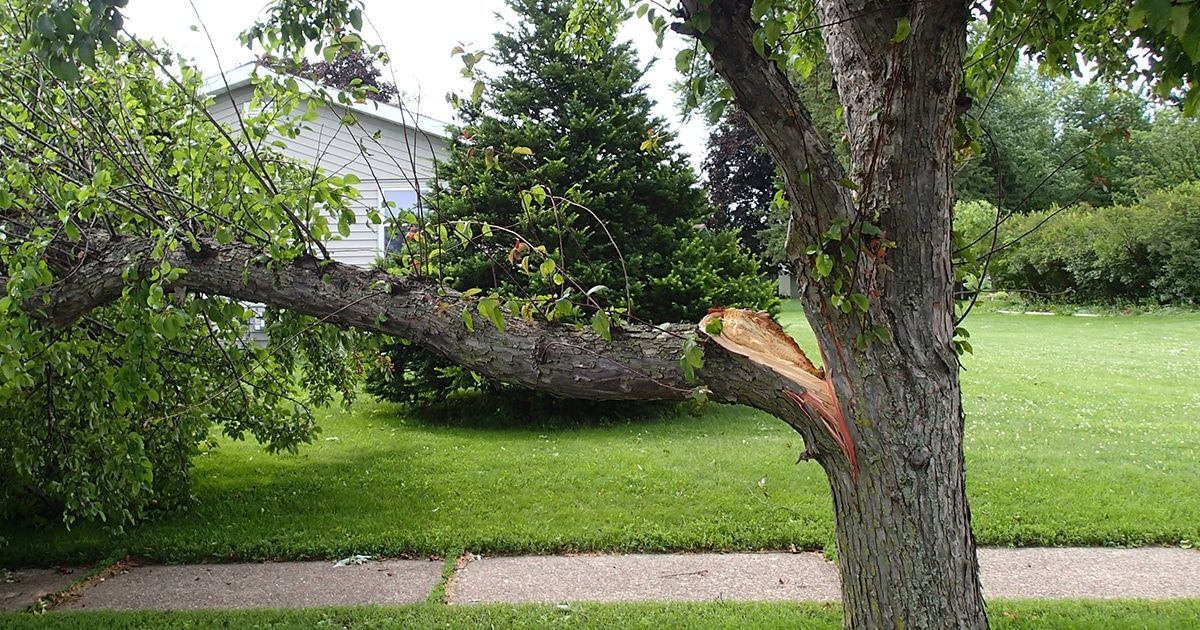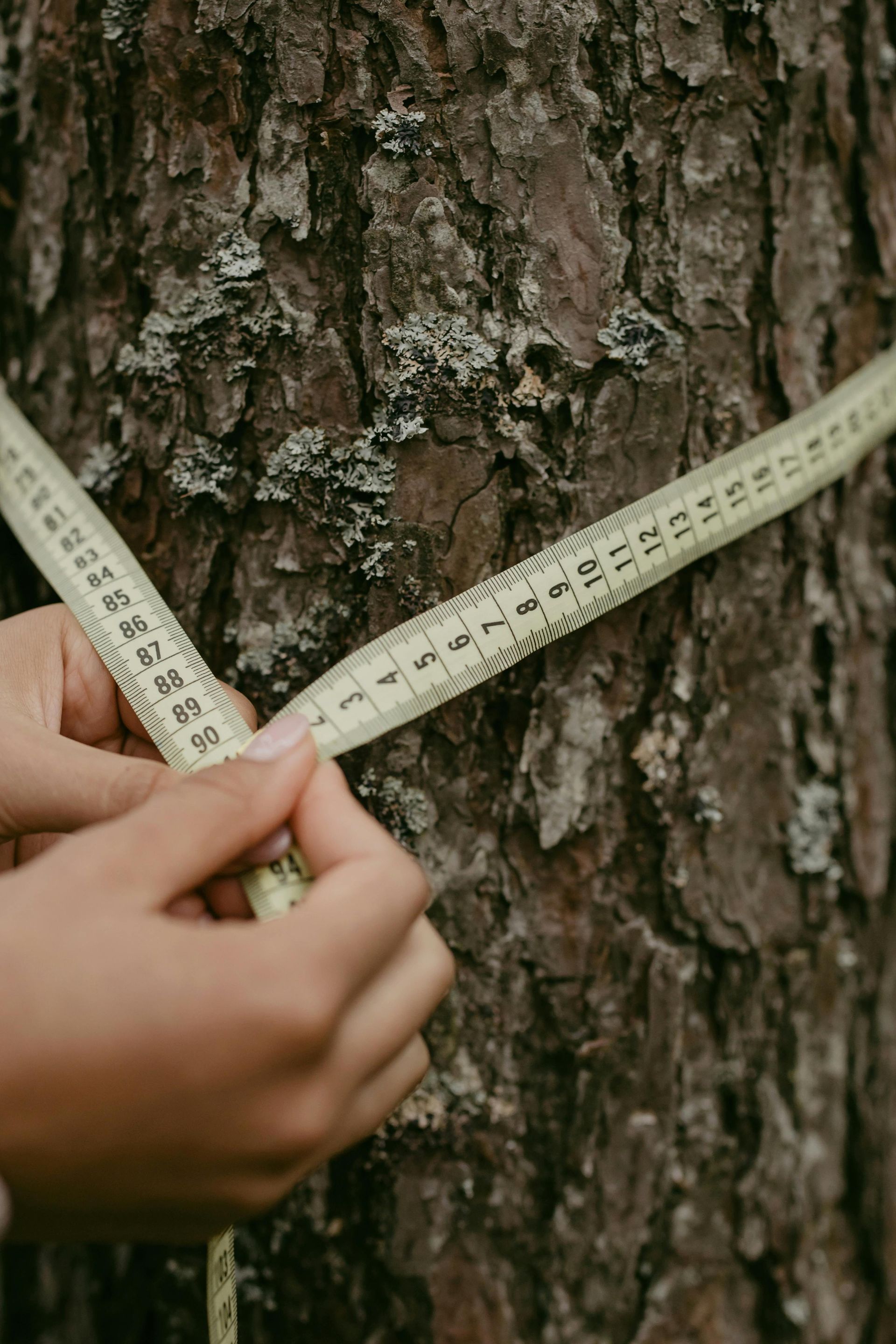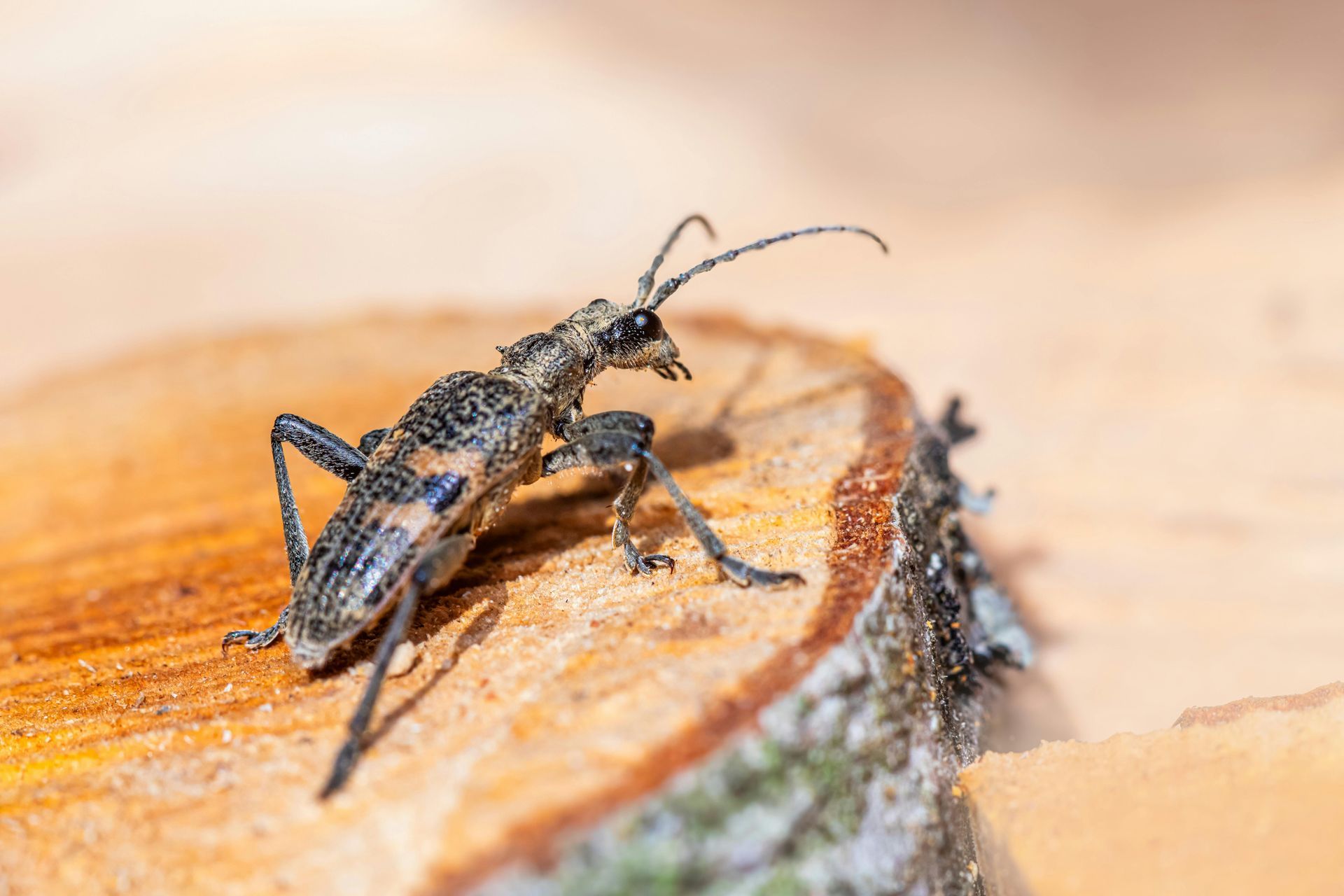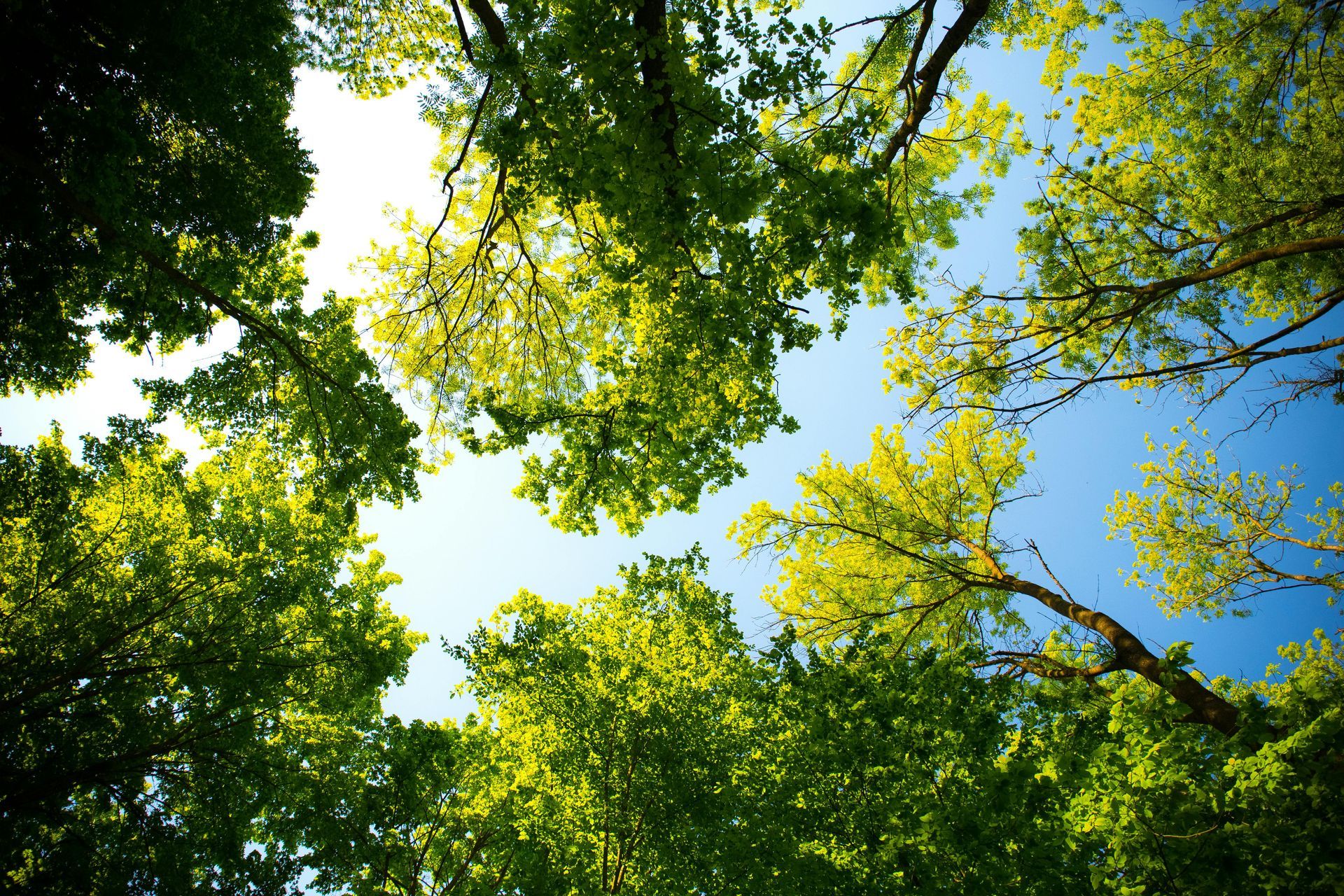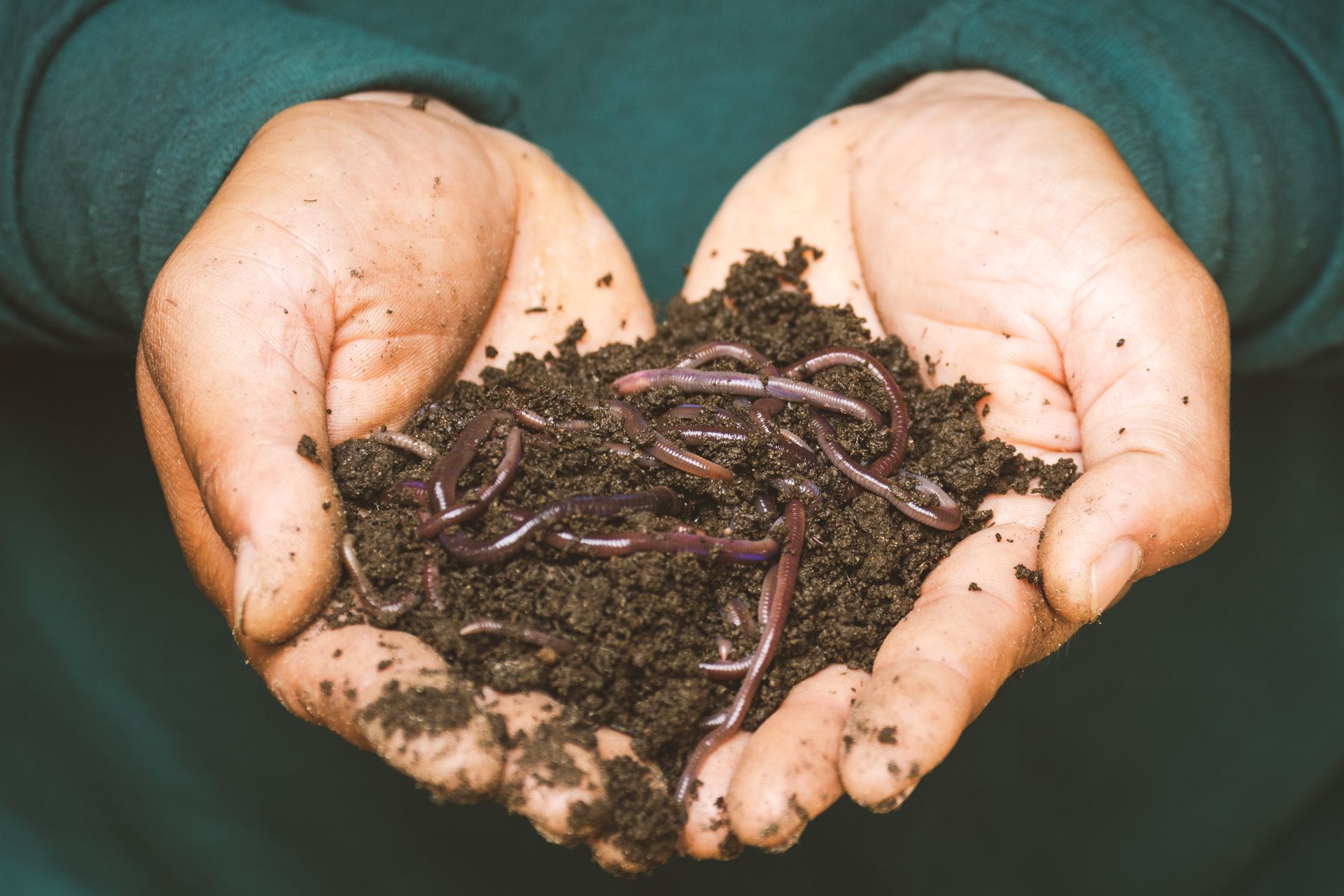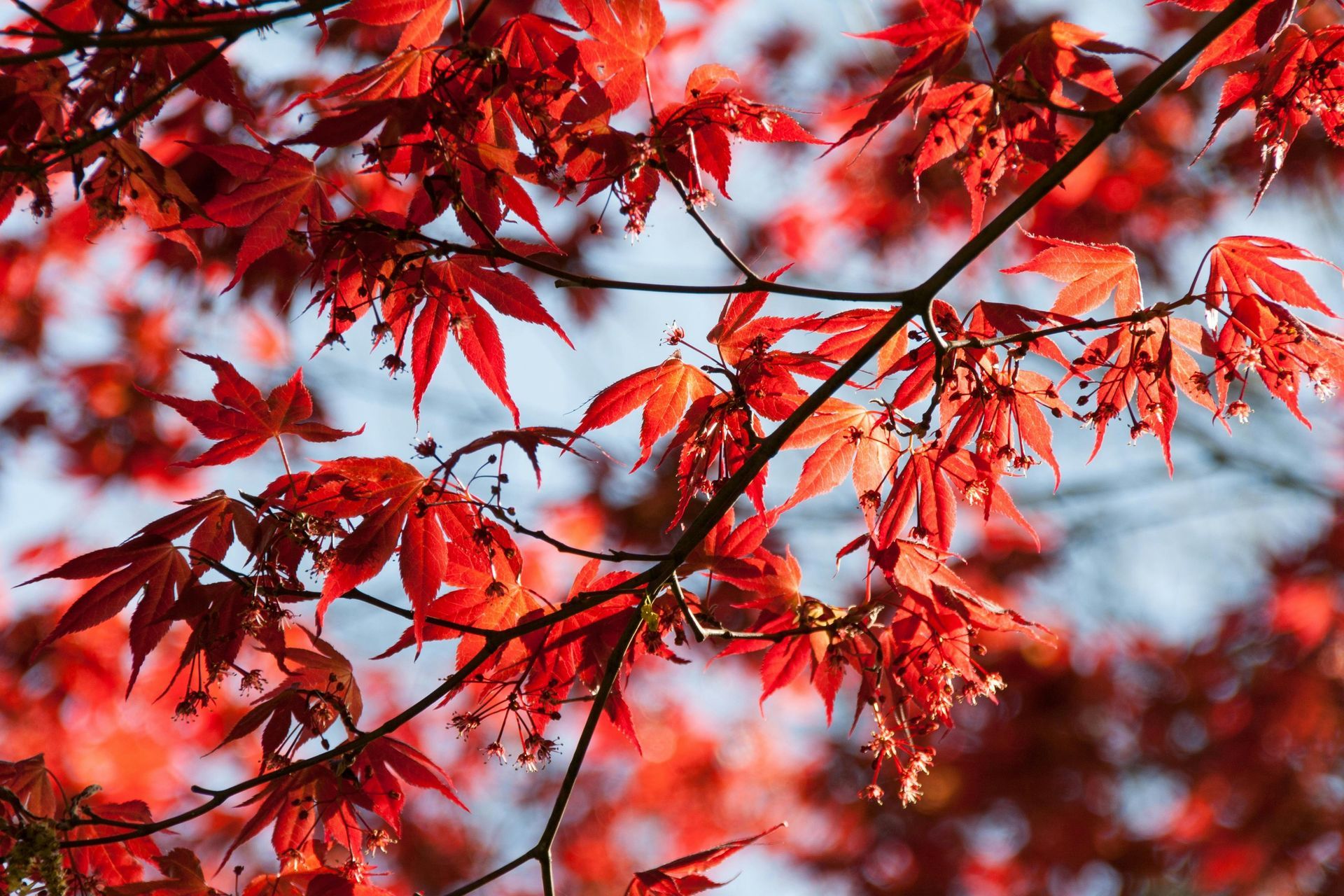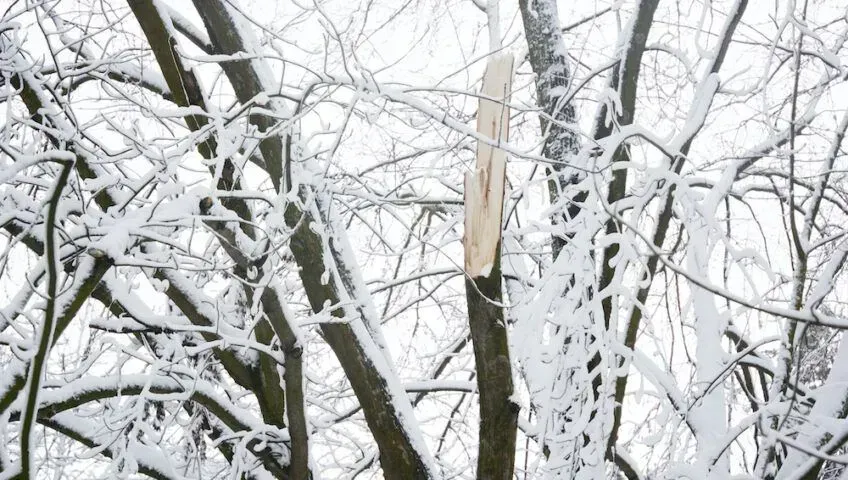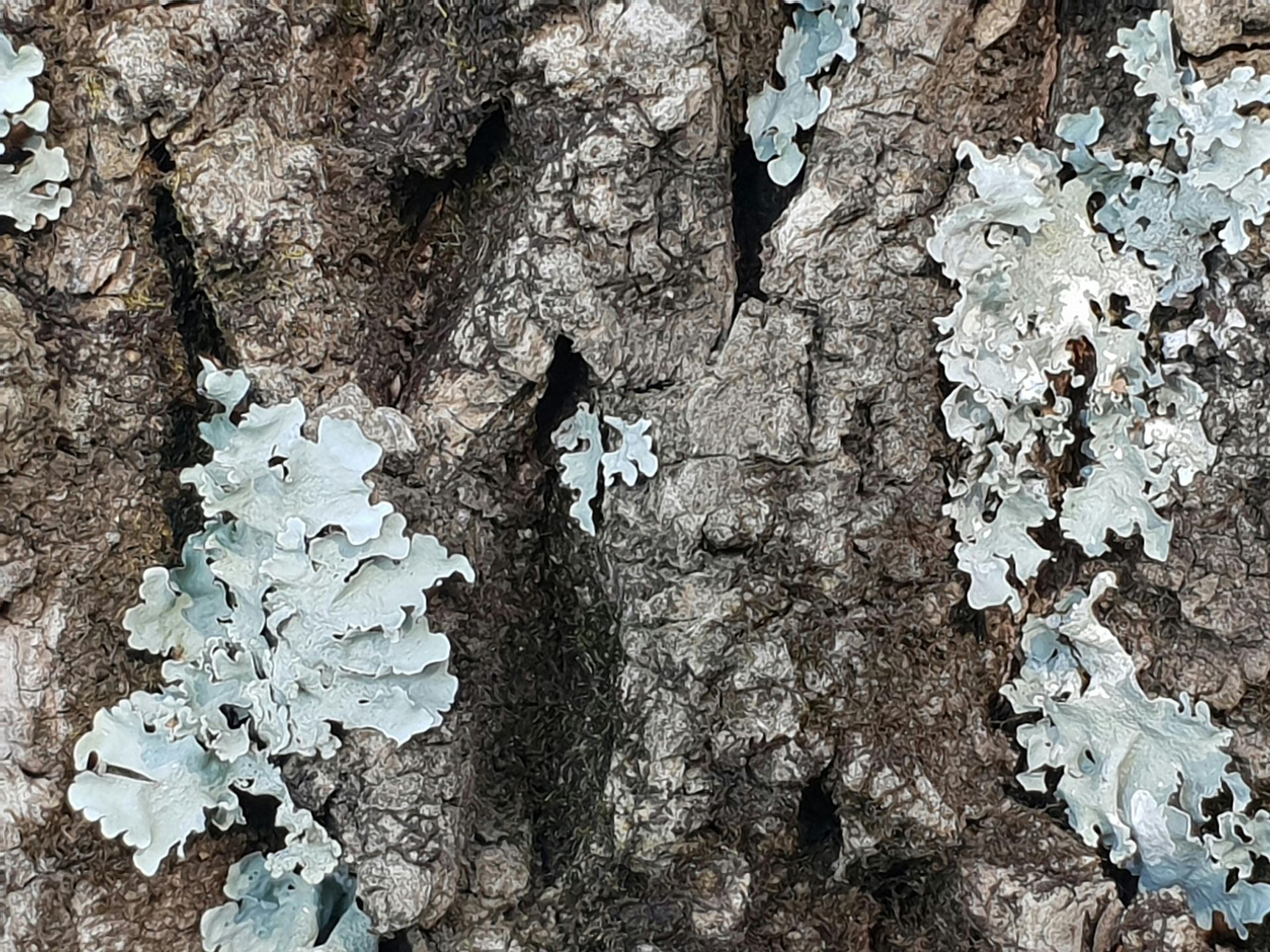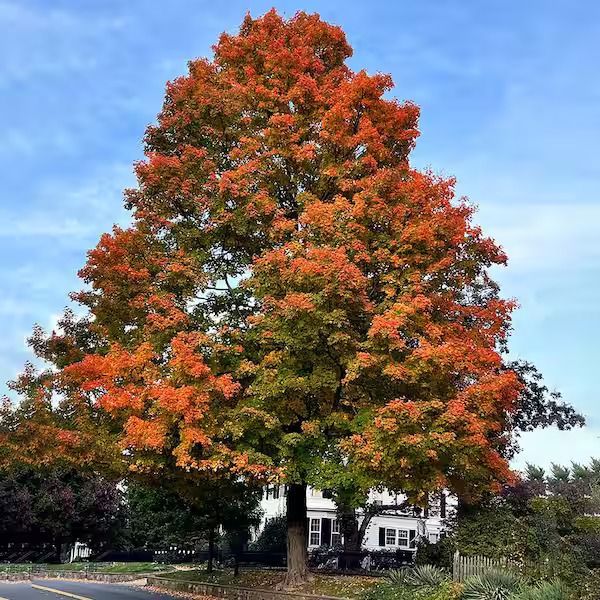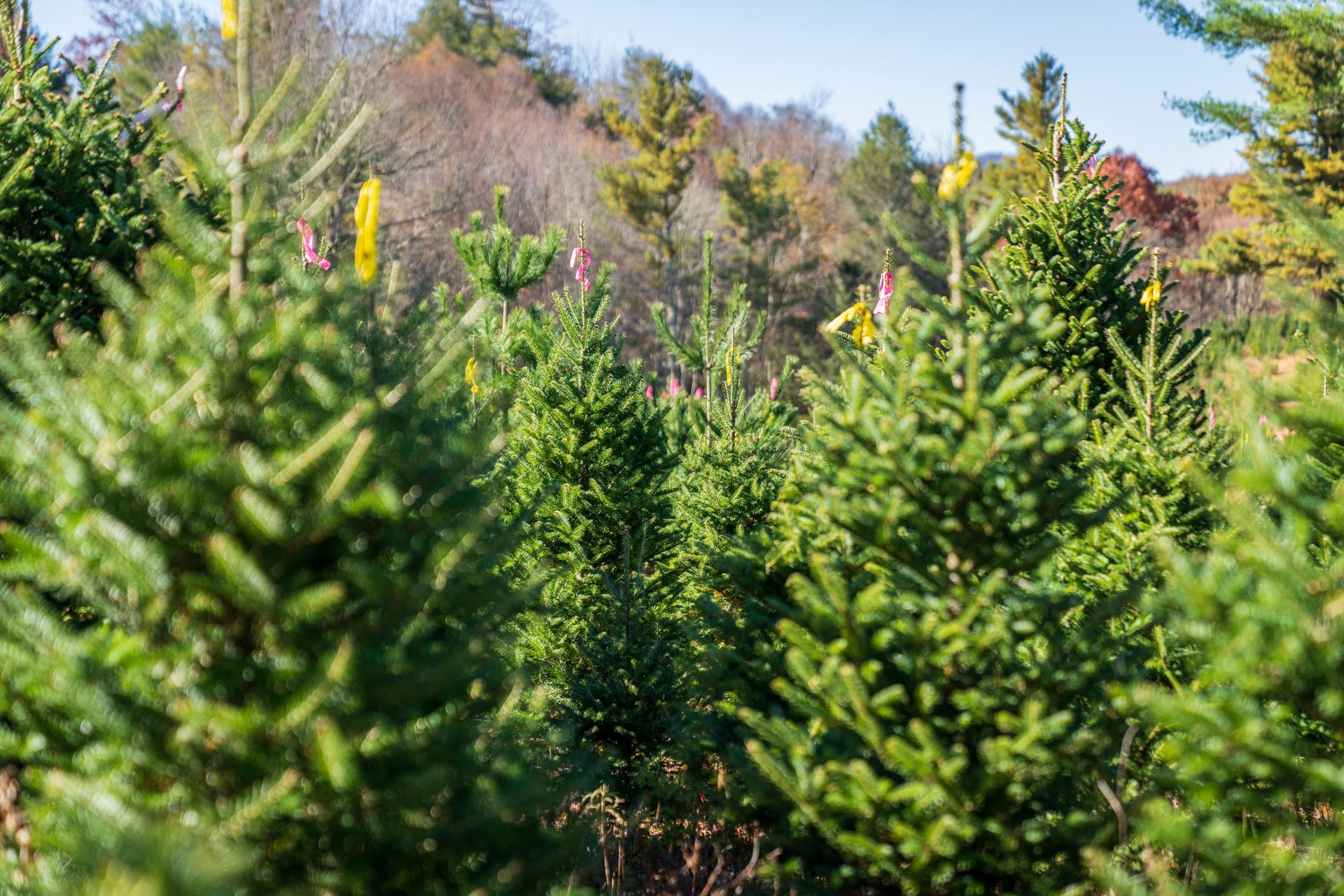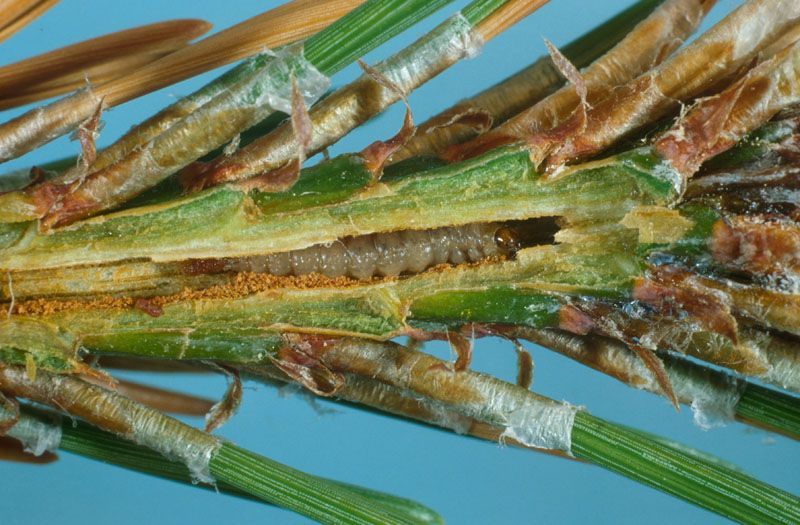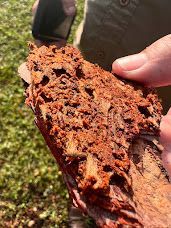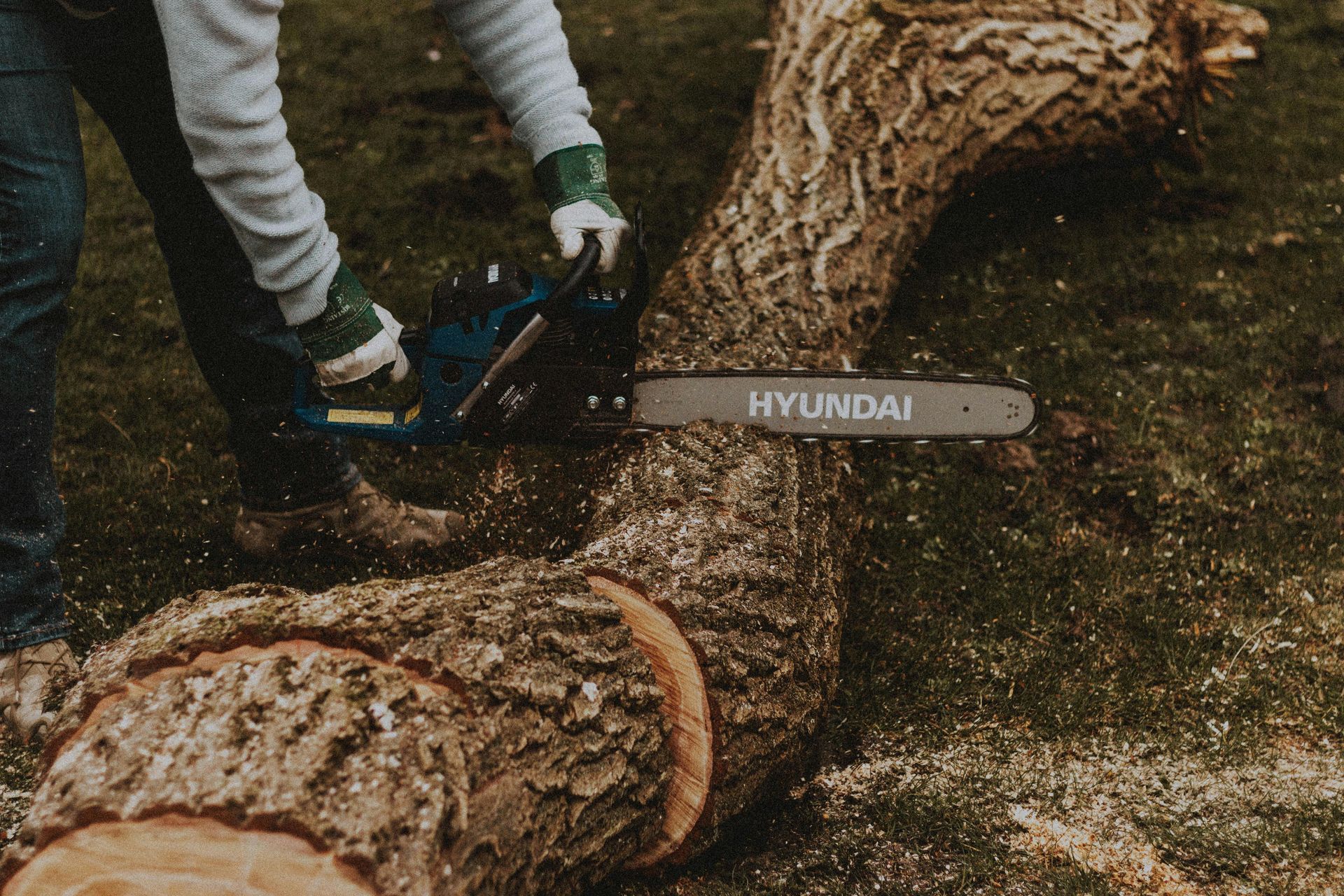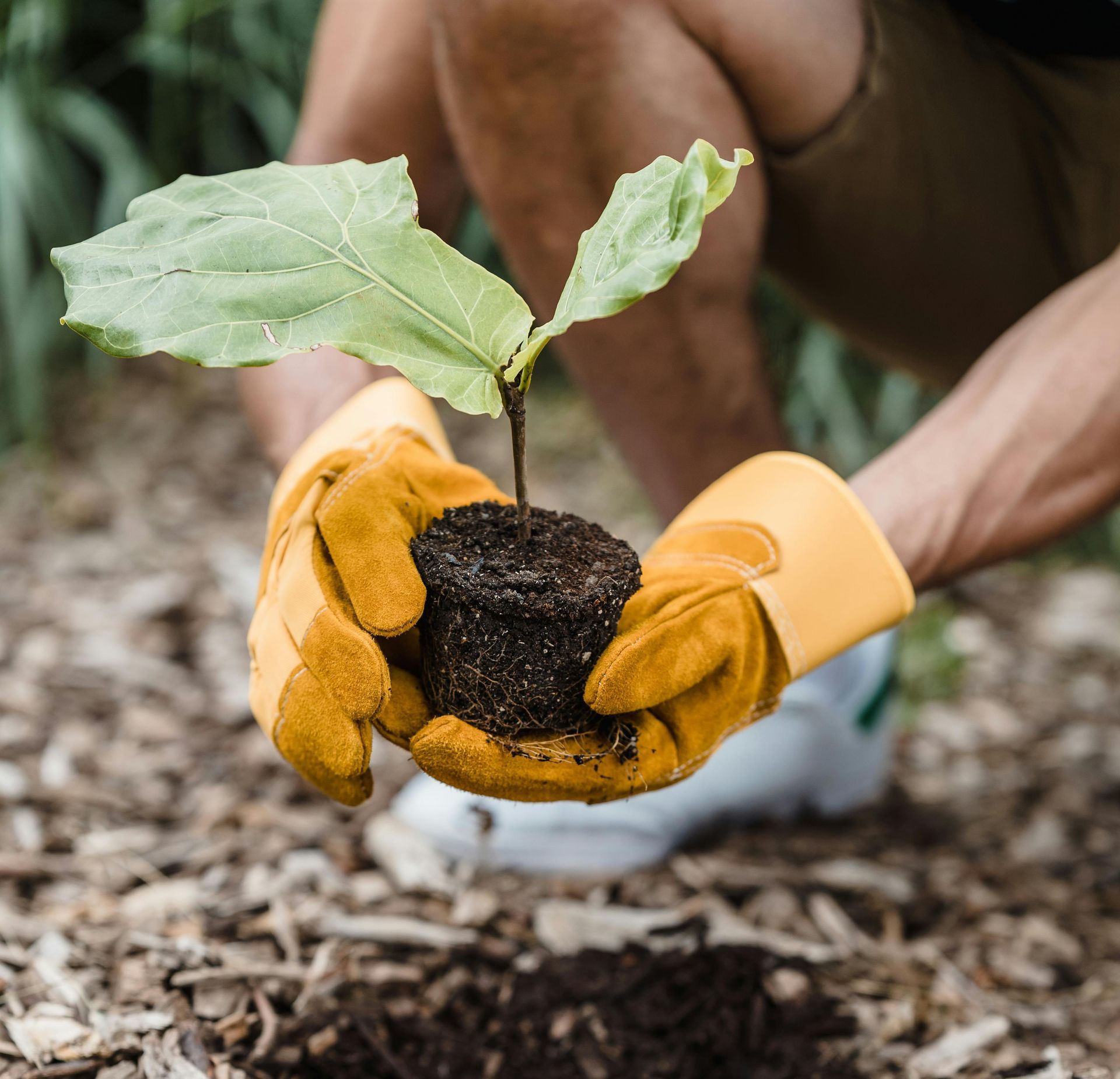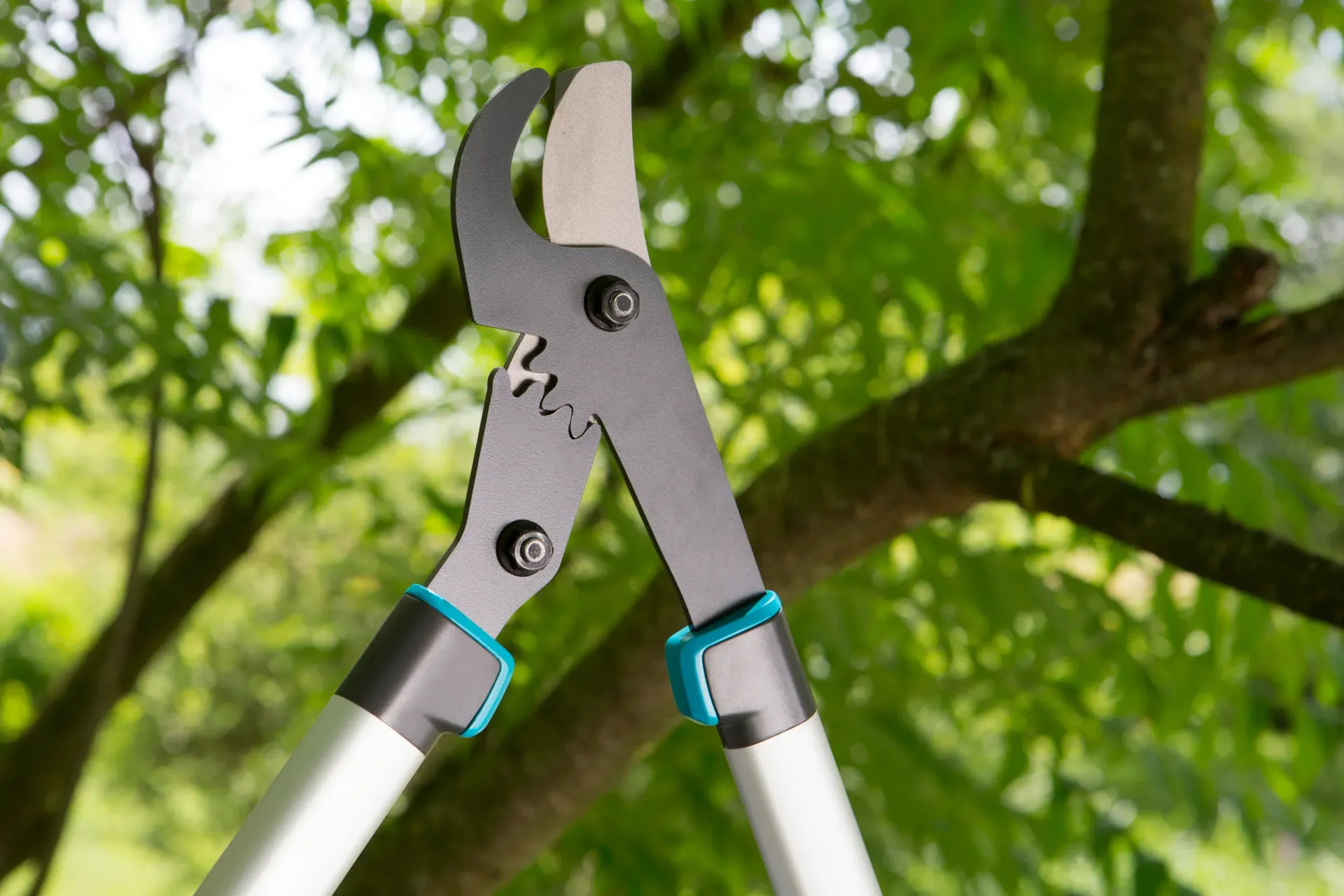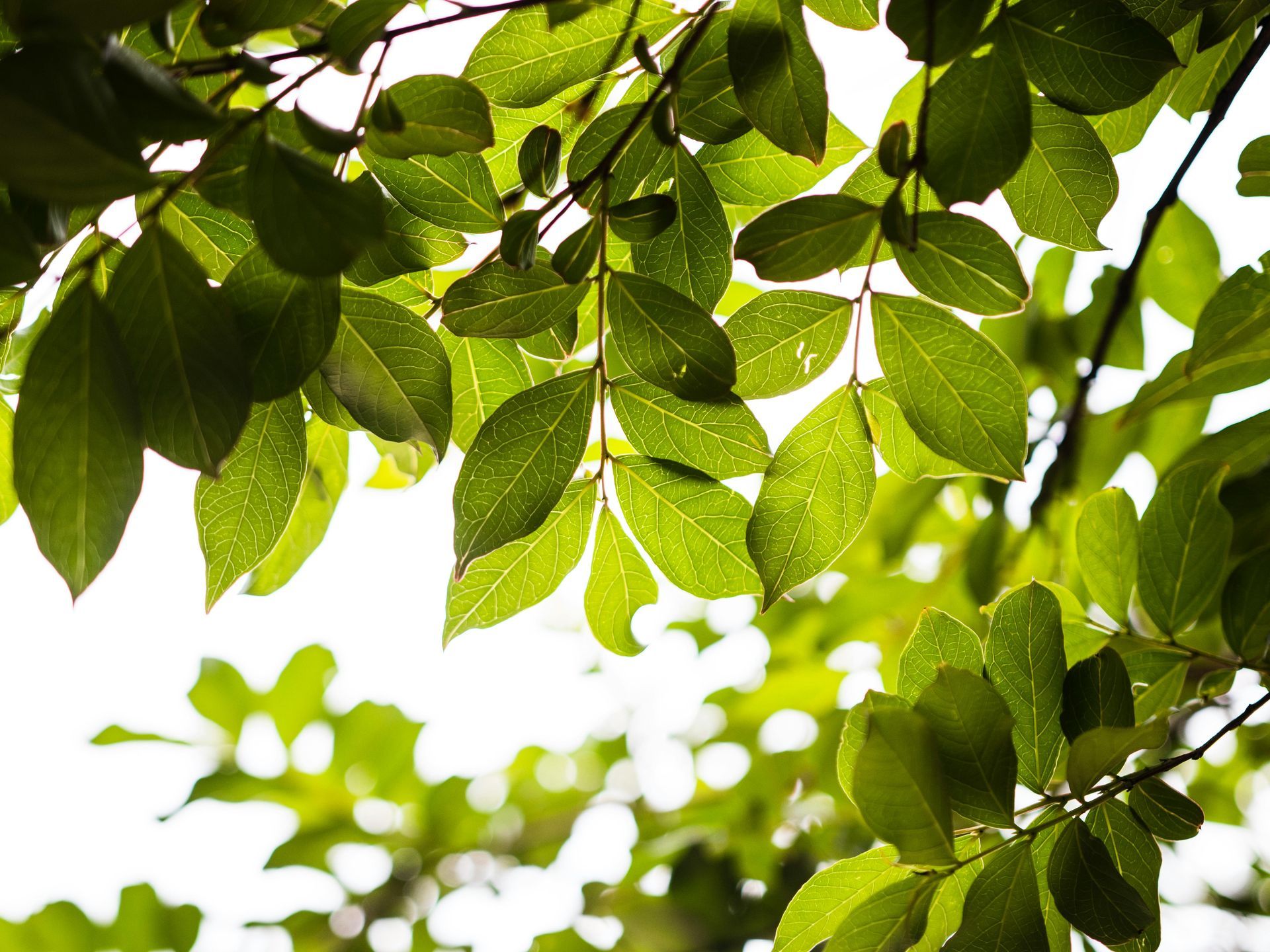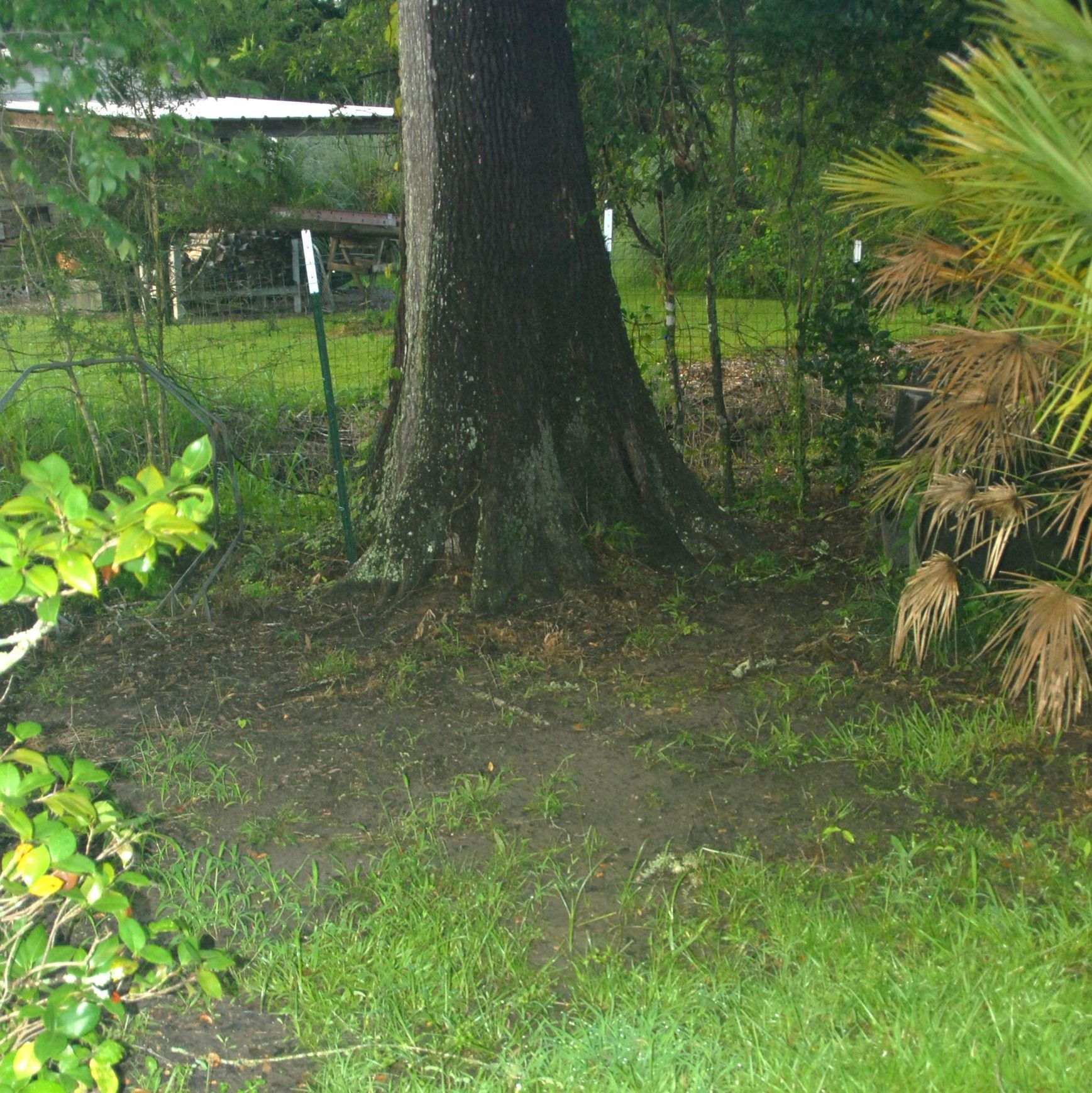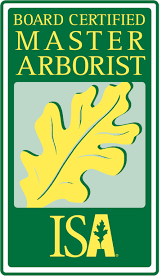Liriope's Muse - Tree Care Tips From A Master Arborist
Liriope’s Muse - Arborist Observation: White Flies
Our field Arborists have noticed a recent uprise in the White Fly populations, especially on live oak trees. They have observed this in many trees presenting with an overall loss of vigor, having blackened leaves and white cottony patches, and dripping a sticky sap-like substance from the canopy.
White flies are small white to yellow pests (typically 1mm-2mm with a wingspan no larger than 3mm as adults) with piercing sucking mouthparts. Meaning, they feed on the sap of the tree. There are numerous species of white flies and all feed on a different type of vegetation, but the one we are talking about in this blog is the Crown whitefly or Aleuroplatus coronata who feed primarily on live oak trees and chinquapin trees.
Crown whiteflies, like all others, have temperature dependent lifecycles. In cooler temperatures, their lifecycle can last 2 months, but in warmer temperatures their lifecycles only last about 2.5-3 weeks. Meaning in our warm Houston climate, their breeding season is extended and they can produce many more generations each season. The amount of eggs laid is also climate dependent, in cooler temperatures whiteflies lay about 50 eggs in their lifetimes, but in warmer climates whiteflies can produce over 400 eggs in their lifetimes.
However what makes them unique is that despite their aviary name, they are not flies at all! Infact they are closely related to Aphids.
Life Cycle:
The eggs are typically laid on the underside of leaves, are white, and darken just before hatching to a bluish purple color. After the eggs hatch the nymphs crawl around on the leaf until they find the right spot to stop and feed. (this is typically on the upperside of the leaf.) After a while the immature nymph will fuse itself to the leaf and become sessile(immobile).
At this point, whitefly populations are often misdiagnosed by untrained arborists since in this stage they look like scale insects on the leaves. The immature nymphs(pictured below) are flat, ovular and black with a white waxy outline which is similar to the silhouette of a scale insect.
Feeding Damage and Symptoms:
Whiteflies feed on plant phloem by injecting enzymes into the tree that aid in removing the sap, this type of feeding robs the tree of its essential carbohydrate reserves, reducing the vigor of the plant. When their mouthparts reach the phloem, the high-pressure, sugar-rich sap is expelled out from the insect’s anus, enabling them to quickly process the large volumes of sap needed to obtain the scarce nutrients within. Honeydew secretions are high in sugars, so they promote the growth of sooty mold, which significantly reduces plant quality. Honeydew can also be a nuisance as it can make everything under the canopy of the tree sticky, such as your vehicles, side walks, playground, etc.
The most obvious whitefly feeding damage symptoms aside from the sticky residue are stem blanching, chlorotic spots, leaf yellowing and shedding, and at high population levels, plant death. Like all plant sucking insects, white flies have the potential to be vectors of plant pathogens. So, in cases where the white fly may not kill the tree, the disease they brought with may surely do the job.
If you suspect your trees might be suffering from a whitefly infestation, don’t wait for the damage to worsen. Our team of qualified arborists is happy to provide a thorough inspection and develop a treatment plan tailored to your landscape’s needs. Reach out today and let us help restore your trees to full health.
Read our Previous Posts!
Liriope’s Muse - Expert Tree Care Tips
